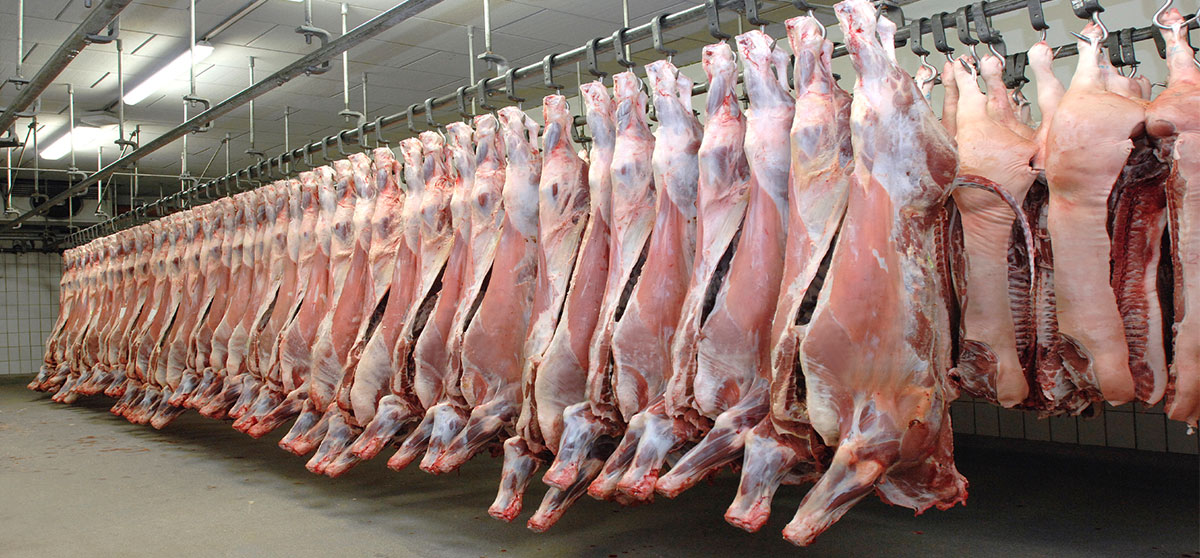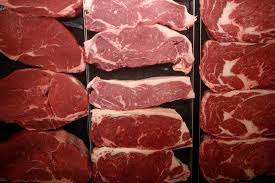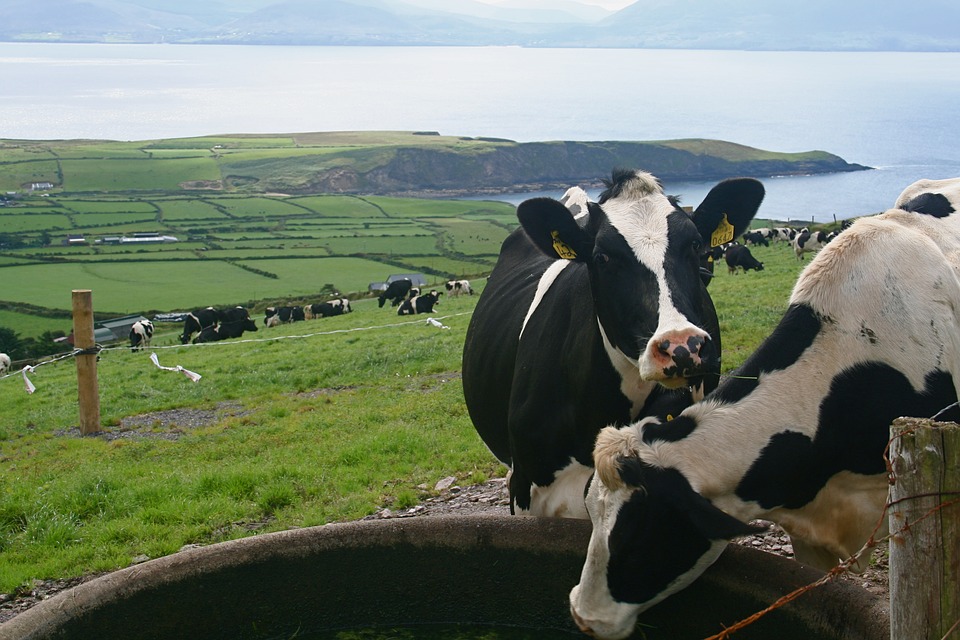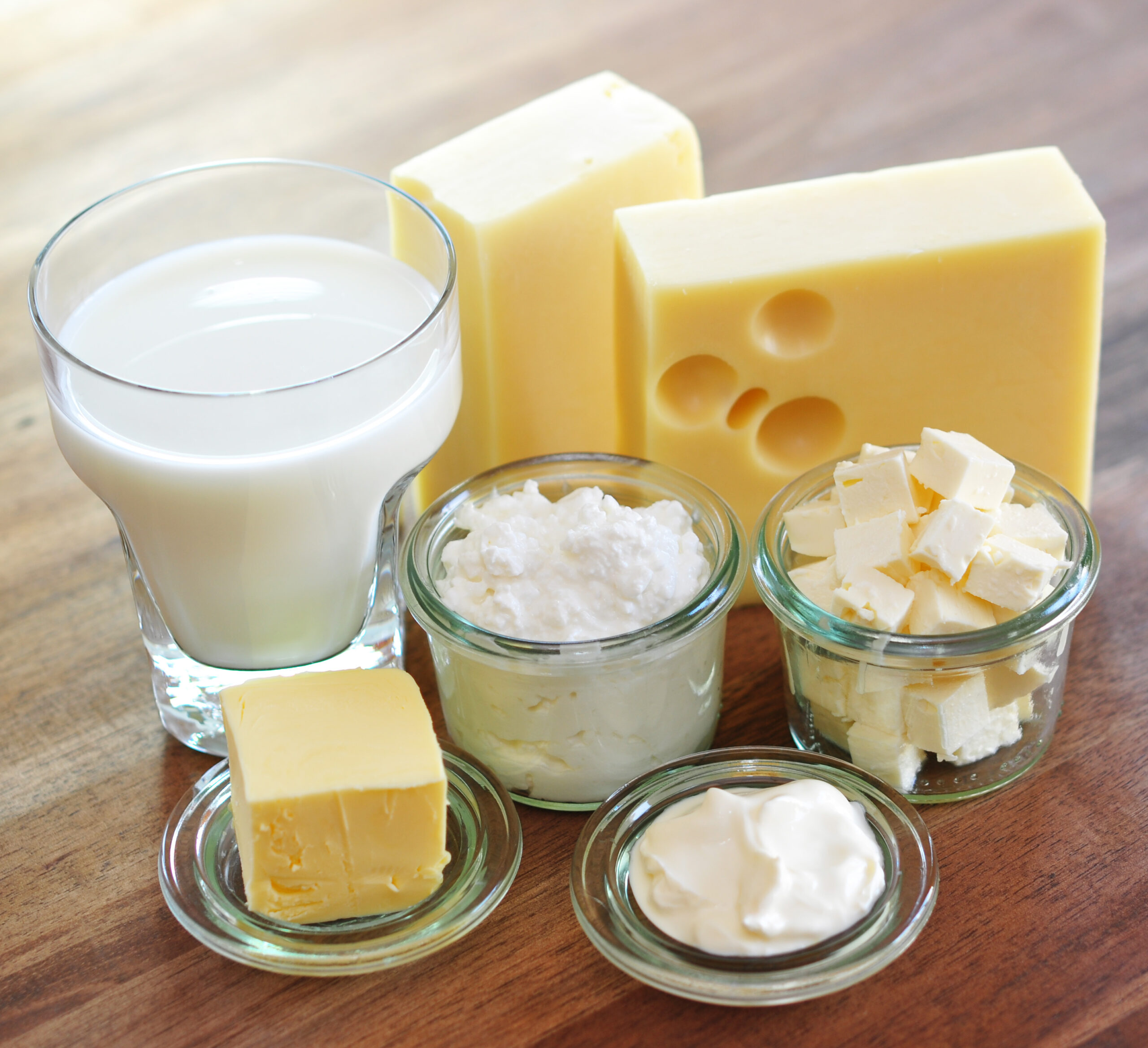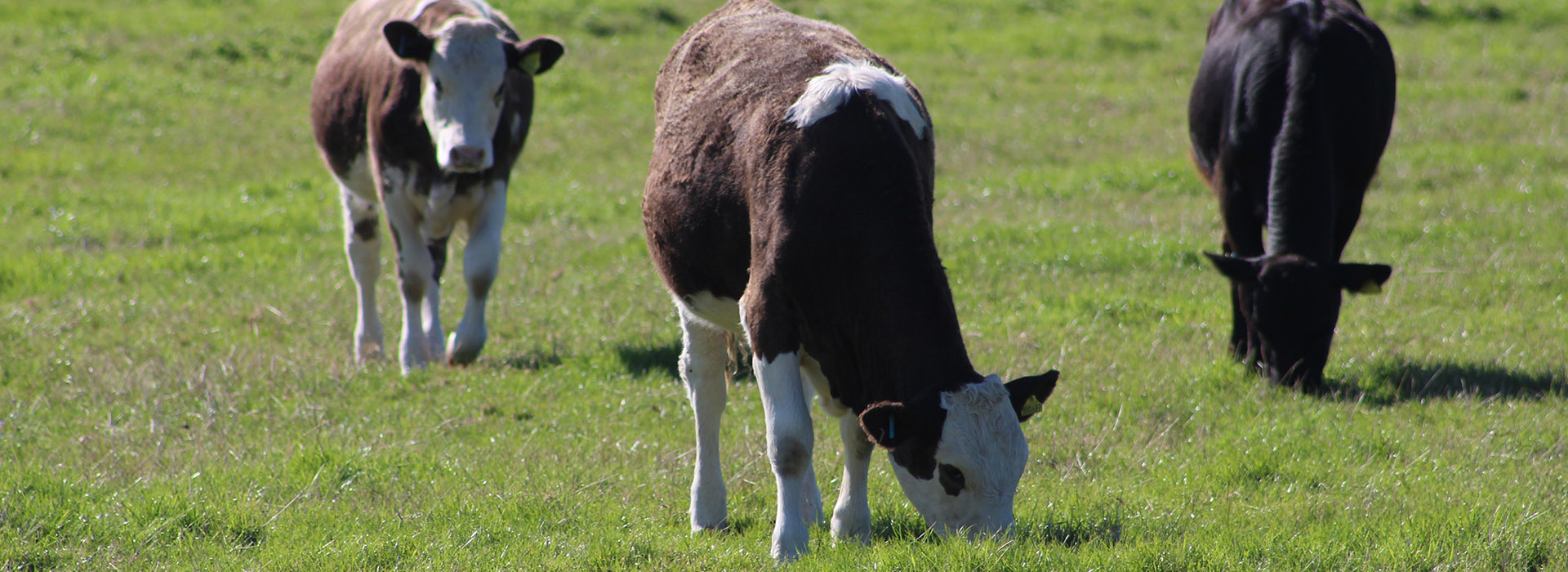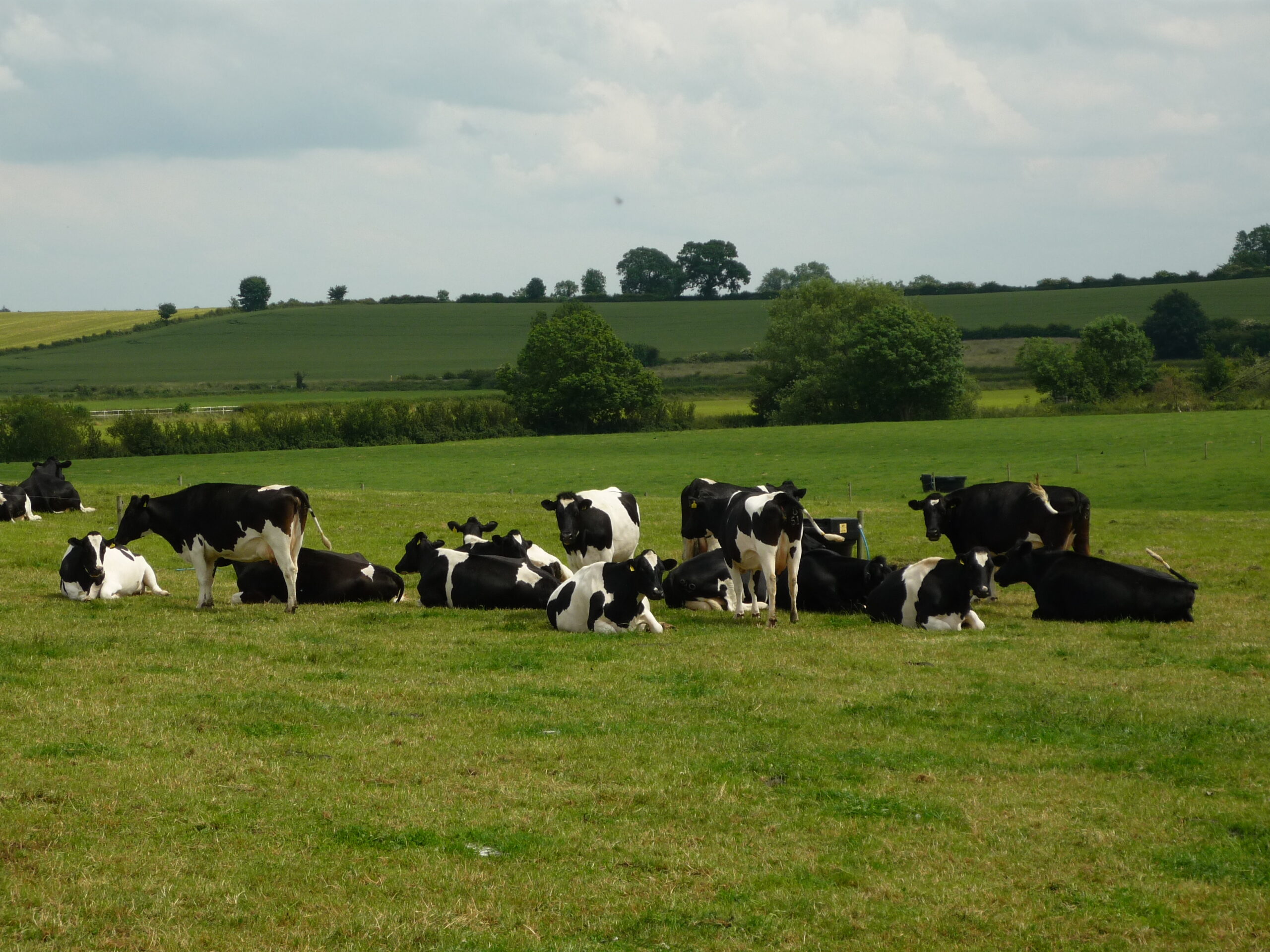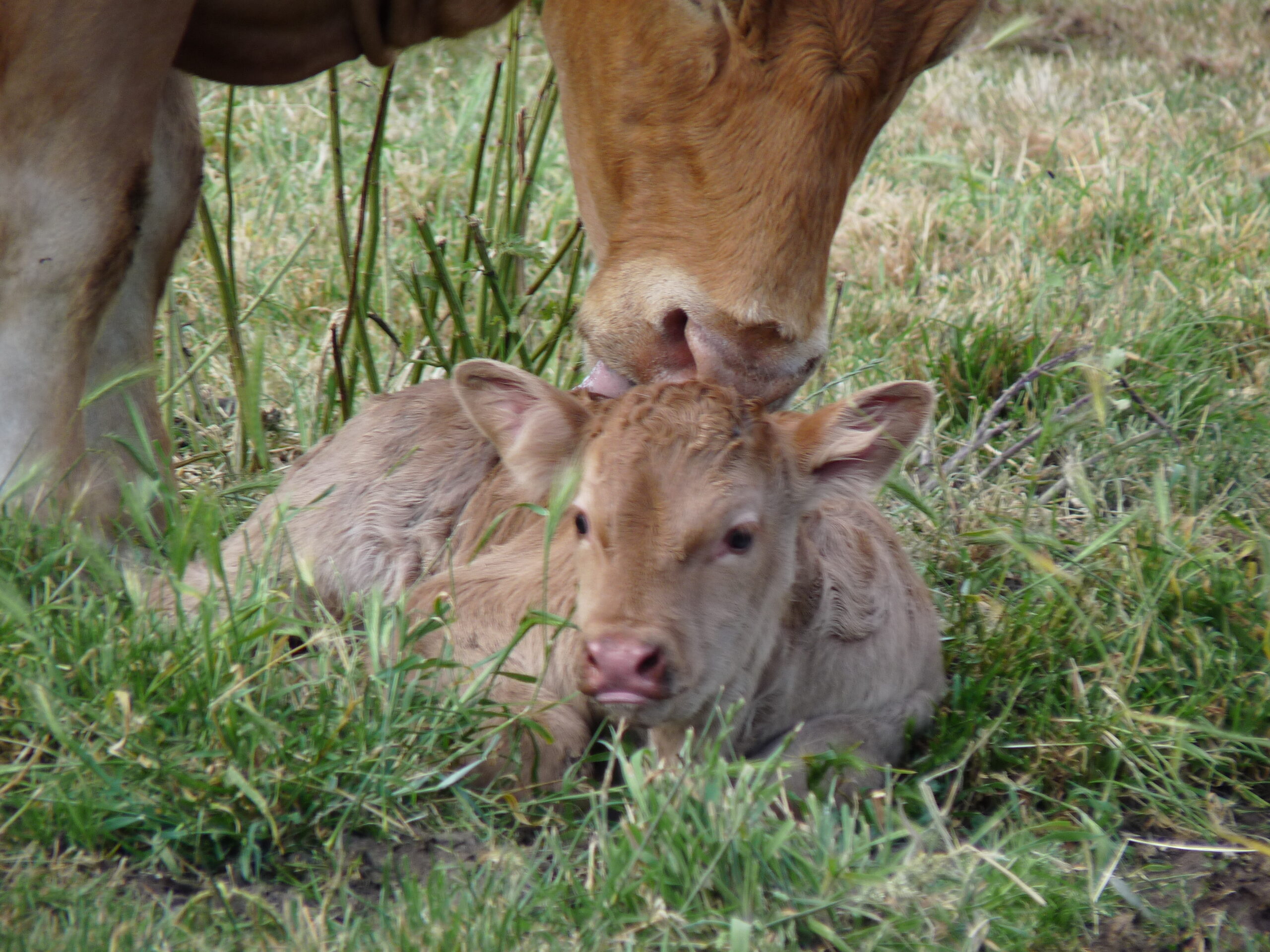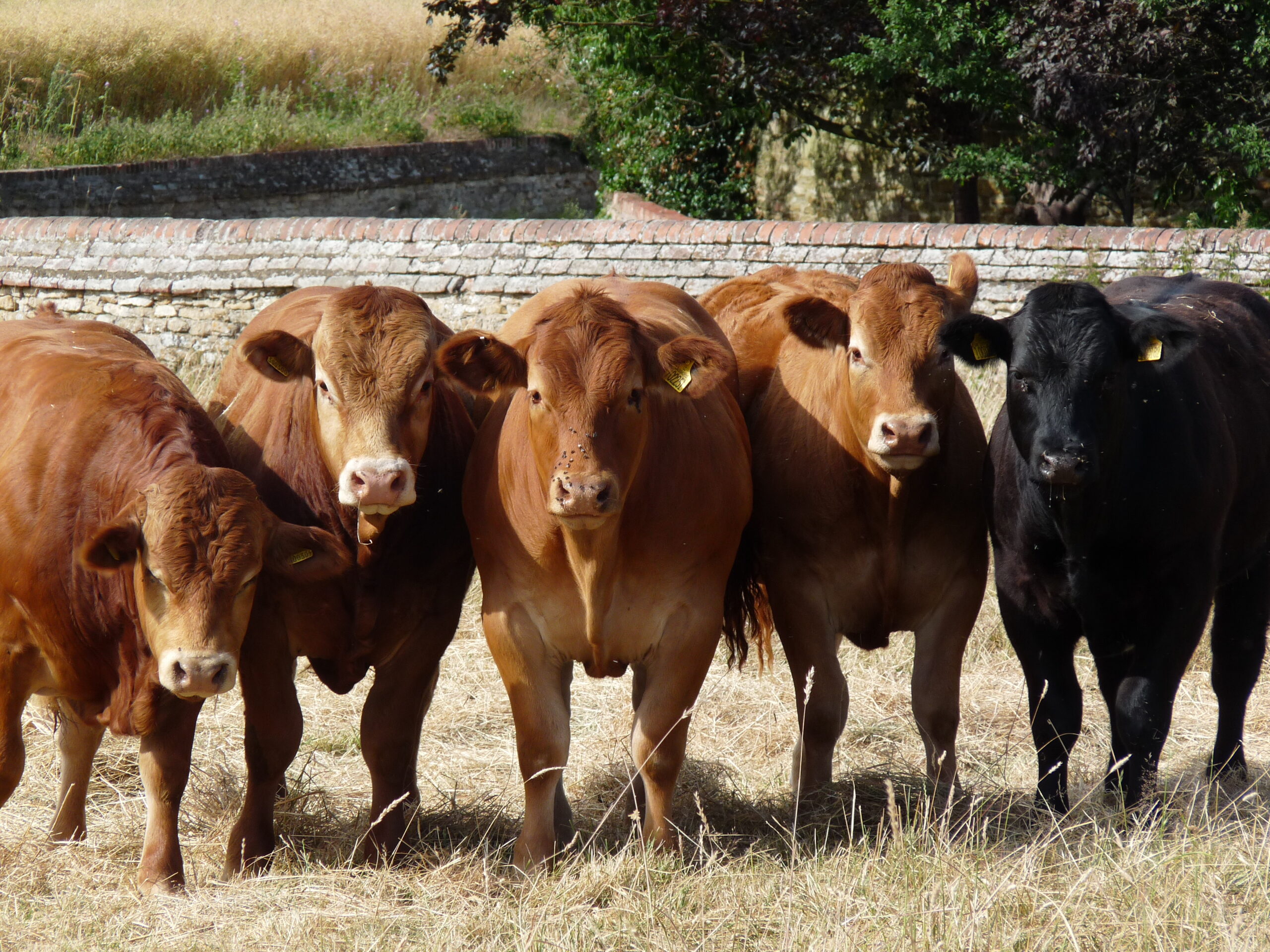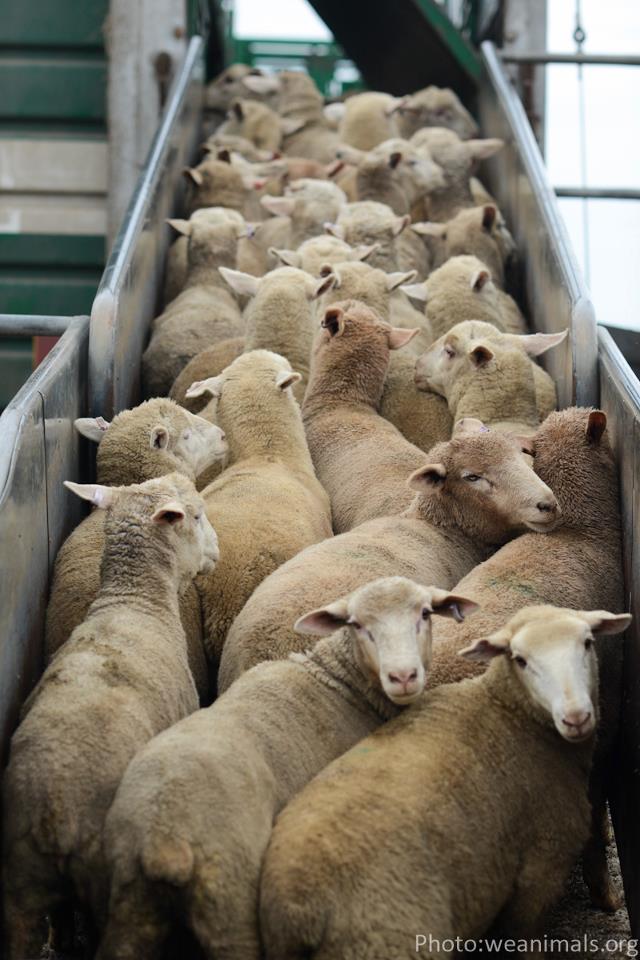The AHDB has updated its Outlook for the UK cattle and sheep meat markets. The weather conditions have, and remain, particularly challenging for producers. Since the first 2018 Outlook in April, when producers were having to contend with a long, cold, wet winter, the weather has reversed and we now have it hot and dry with real concern over the availability of winter forage stocks which are in short supply and, in many cases, already being fed.
The AHDB were forecasting a 0.75% contraction in the cattle breeding herd in 2018, but already the level of cow and heifer slaughterings have been higher than anticipated; with the forage shortage, this could see the herd contracting by a larger amount. With strong demand for manufacturing beef in the first half of the year, cow prices have been high and in the first six months of 2018, 316,000 cows have been slaughtered; 17,000 more than forecast. Prime cattle slaughterings are forecast to be just under 2 million head, this has not changed since April. However the timing of supply could differ. With late turnout after the long winter, supply was expected to be delayed, but now, this could be reversed to preserve feed stocks. Supply could be concentrated in the third quarter of the season, which may affect prices if processors are unable to balance out supply with lower demand at this time of year.
The table below shows the AHDB’s latest beef and veal forecast. Exports are forecast to rise this year, as they typically clear any imbalance between supply and demand. This year domestic demand for beef has been lacking somewhat and if cow slaughterings remain high, exports are expected to rise. Looking further ahead, supplies into 2019 and 2020 are expected to be lower, due to fewer calf registrations and a contraction of the breeding herd.
| Actual & Forecast Supplies of Beef & Veal in the UK – source AHDB | ||||
| ‘000 tonnes | 2017 | 2018 (f) | 2019 (f) | 2020 (f) |
| Production | 893 | 903 | 894 | 877 |
| Imports | 441 | 459 | 454 | 450 |
| Exports | 141 | 158 | 141 | 110 |
| Total Consumption | 1,194 | 1,203 | 1,207 | 1,216 |
In the sheep meat market, poor lambing conditions has affected the 2018 lamb crop. Results from the DEFRA June survey will not be available until the autumn, but the AHDB are forecasting a 1 million head decline in lamb numbers (6%) compared with 2017 levels, with some analysts suggesting this could even be higher. In turn, the recent hot, dry weather has reduced grass growth making finishing of lambs more difficult and may also have an effect on next year’s lamb crop due to the condition of ewes at tupping time. For the 2018 calendar year, clean sheep slaughterings are forecast to decline by 3.5% compared with 2017 (see table below) and a slight decline in carcase weights means production from clean sheep is forecast to reduce by 4% year-on-year. Looking ahead, production is expected to continue to fall. The bad winter saw ewe mortality rates increase, producers will either keep older ewes on for another year (which in general are likely to be less productive), keep more lambs back for breeding, or contract the flock.
| 000 head | 2016 | 2017 | 2018 |
| Q1 | 2,923 | 2,920 | 3,142 |
| Q2 | 2,722 | 3,009 | 2,603 |
| Q3 | 3,607 | 3,515 | 3,432 |
| Q4 | 3,593 | 3,844 | 3,636 |
| Year | 12,845 | 13,288 | 12,814 |
Forecasts in italics
